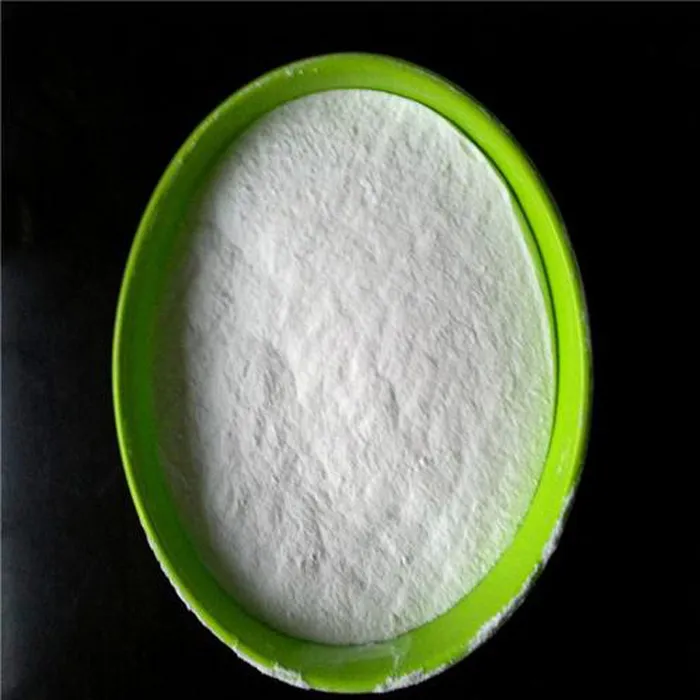Removal of PFAS from Water Challenges and Solutions
Per- and polyfluoroalkyl substances (PFAS) have garnered increasing attention in recent years due to their widespread presence in the environment and potential adverse effects on human health and ecosystems. Commonly referred to as forever chemicals, PFAS are synthetic substances that resist degradation, leading to their accumulation in various environmental media, particularly water. Addressing the contamination of water sources with PFAS is a priority for environmental scientists, public health officials, and regulatory agencies. This article discusses the challenges associated with PFAS in water and explores the various remediation technologies available for their removal.
Understanding PFAS Contamination
PFAS are used in a variety of industrial applications and consumer products due to their unique chemical properties, such as resistance to heat, water, and grease. They are commonly found in products like non-stick cookware, food packaging, stain-resistant fabrics, and firefighting foams. Unfortunately, their extensive use has resulted in significant environmental contamination, especially near industrial sites and military bases where firefighting foams were used extensively. PFAS can enter water systems through runoff, leaching from landfills, or direct discharges from industrial processes.
Once present in water, PFAS can be challenging to remove due to their strong carbon-fluorine bonds, which make them highly resistant to traditional water treatment methods. Moreover, the wide variety of PFAS compounds, each with different properties and levels of toxicity, complicates remediation efforts. As public awareness of PFAS contamination grows, so does the need for effective and sustainable removal technologies.
Challenges in PFAS Removal
One of the primary challenges in removing PFAS from water is to identify the specific compounds present, as there are thousands of PFAS variants, each requiring tailored treatment methods. Additionally, PFAS are often found at very low concentrations, which may complicate detection and quantification. Traditional water treatment methods, such as chlorination or sedimentation, are generally ineffective against PFAS due to their resistance to chemical breakdown.
Another challenge is the economic feasibility of PFAS removal technologies. Many advanced treatment technologies, while effective, can be cost-prohibitive for smaller municipalities or industries facing PFAS contamination. Moreover, some methods may generate harmful byproducts that require further treatment, leading to increased costs and complexity in remediation efforts.
Current Remediation Technologies
removal of pfas from water

To combat PFAS contamination, various treatment technologies have been developed and implemented. Here are some of the most promising methods
1. Activated Carbon Adsorption Granular activated carbon (GAC) has emerged as a commonly used method for PFAS removal due to its high surface area and ability to adsorb organic contaminants. GAC filters can effectively remove certain PFAS from water systems, but their efficiency may vary based on factors such as the specific type of PFAS and the presence of competing contaminants.
2. Ion Exchange Ion exchange resins can selectively remove PFAS from water by exchanging negatively charged PFAS ions with less harmful ions. This method has shown promising results in laboratory settings and is being deployed in some water treatment facilities.
3. Membrane Filtration Technologies such as reverse osmosis (RO) and nanofiltration can effectively remove PFAS from water. These methods utilize semi-permeable membranes to separate contaminants based on size and charge, resulting in high removal efficiency for PFAS. However, the operational costs and energy requirements can be significant.
4. Advanced Oxidation Processes (AOP) AOPs utilize powerful oxidants to break down PFAS compounds into smaller and less harmful substances. These processes are still under research, and while promising, they require further optimization to be implemented at scale.
5. Bioremediation Researchers are exploring the potential of using microorganisms to degrade PFAS compounds. While this approach is still in its infancy, it holds promise for sustainable and environmentally friendly remediation.
Conclusion
The removal of PFAS from water presents significant challenges, but advancements in remediation technologies offer hope for effective solutions to this pressing environmental issue. As more research is conducted and regulations become stricter, the development and implementation of innovative removal strategies will be critical in mitigating the impact of PFAS contamination on public health and the environment. Future efforts should focus not only on effective removal methods but also on preventive measures to reduce PFAS emissions into the environment in the first place. With continued commitment and collaboration among stakeholders, it is possible to address the PFAS crisis and protect water resources for future generations.

